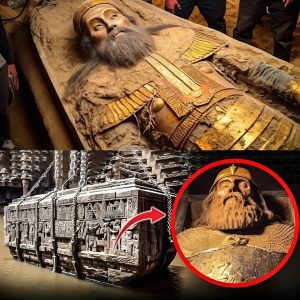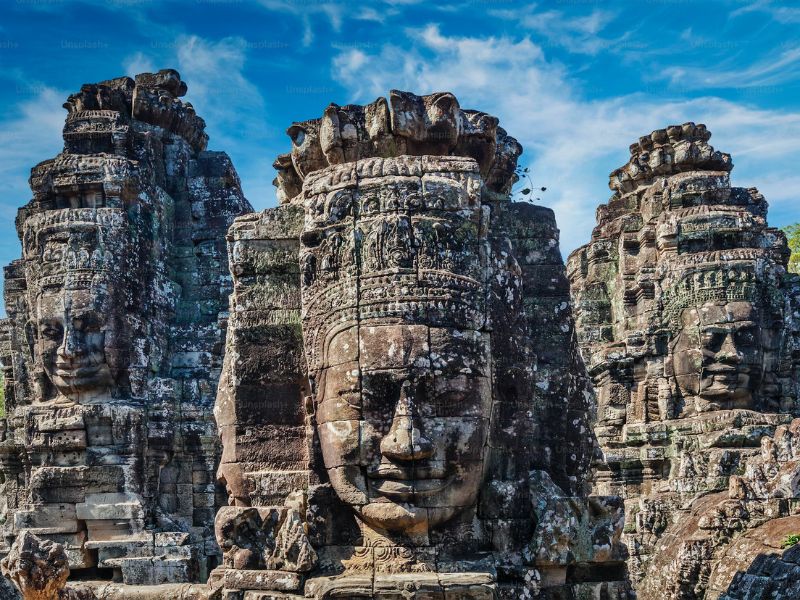
Angkor Wat, one of the greatest architectural wonders of the world, was constructed by the Khmer civilization. Considered a national symbol of Cambodia, Angkor Wat is not only an important cultural heritage site but also a testament to the advanced development of this civilization.
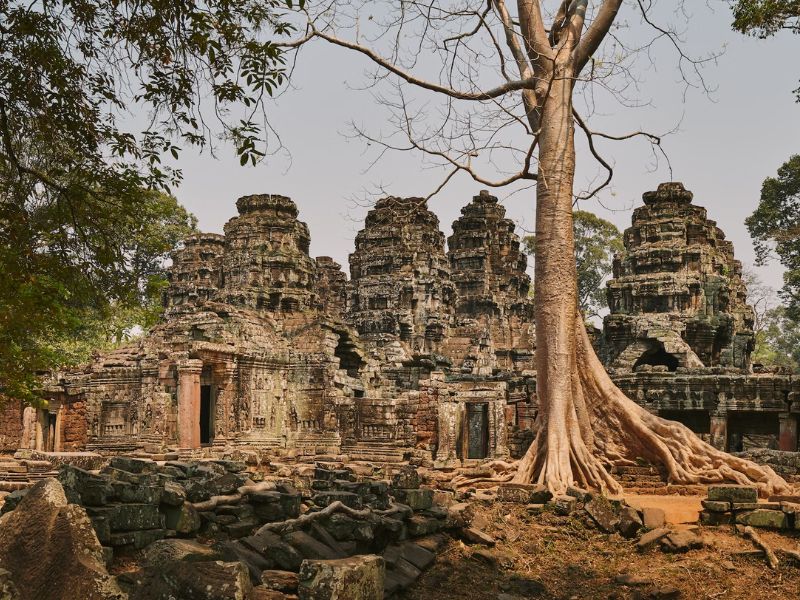
History of Construction
Angkor Wat was built in the 12th century during the reign of King Suryavarman II. Initially constructed as a Hindu temple dedicated to the god Vishnu, it covers an area of 162.6 hectares, making it the largest religious monument in the world, primarily made of sandstone.
Architecture and Art
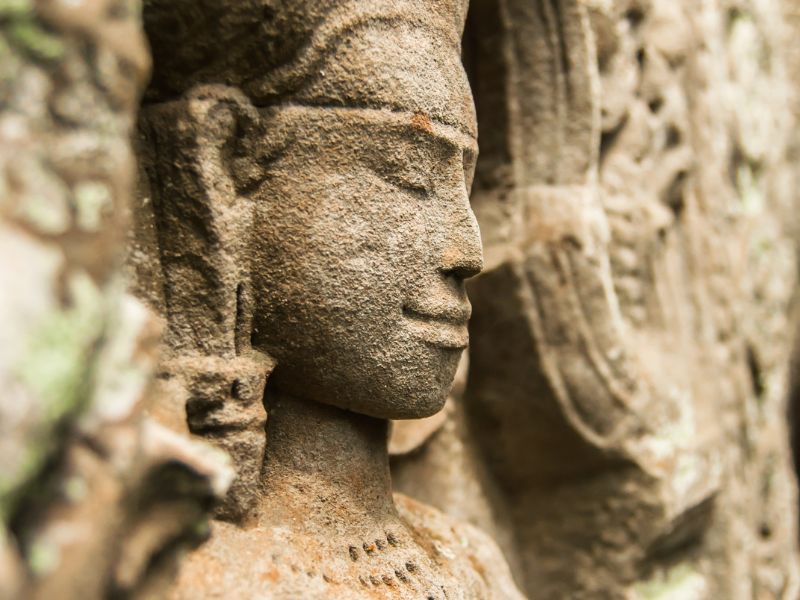
The architecture of Angkor Wat is a perfect blend of art and engineering. The temple complex is renowned for its lotus-bud shaped towers, intricate bas-reliefs, and long corridors. These bas-reliefs depict stories from the epics Ramayana and Mahabharata, as well as scenes from the daily life of the Khmer people.
Construction Technology
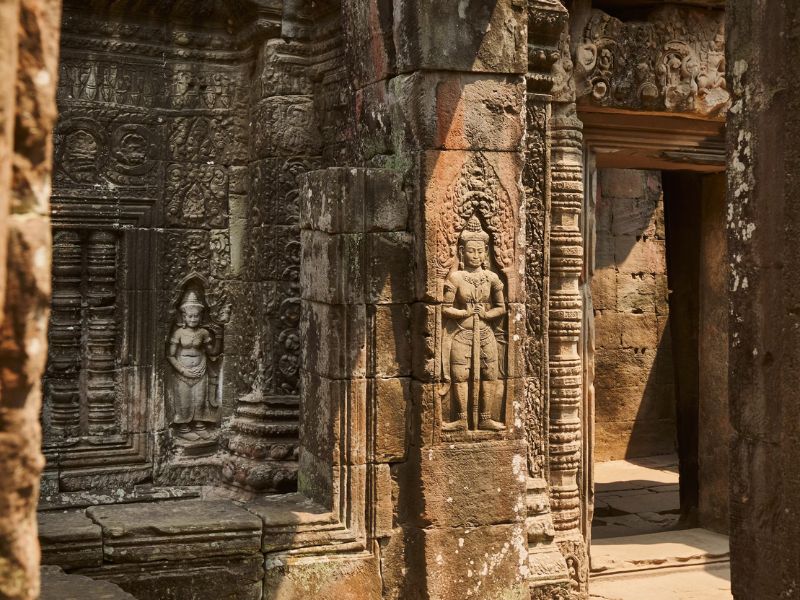
The construction technology of Angkor Wat remains a major mystery to modern scientists. The Khmer used massive sandstone blocks, each weighing several tons, and these blocks were perfectly joined without the use of mortar. The surrounding system of moats and reservoirs also demonstrates their advanced understanding of hydraulics and architecture.
Cultural and Religious Significance
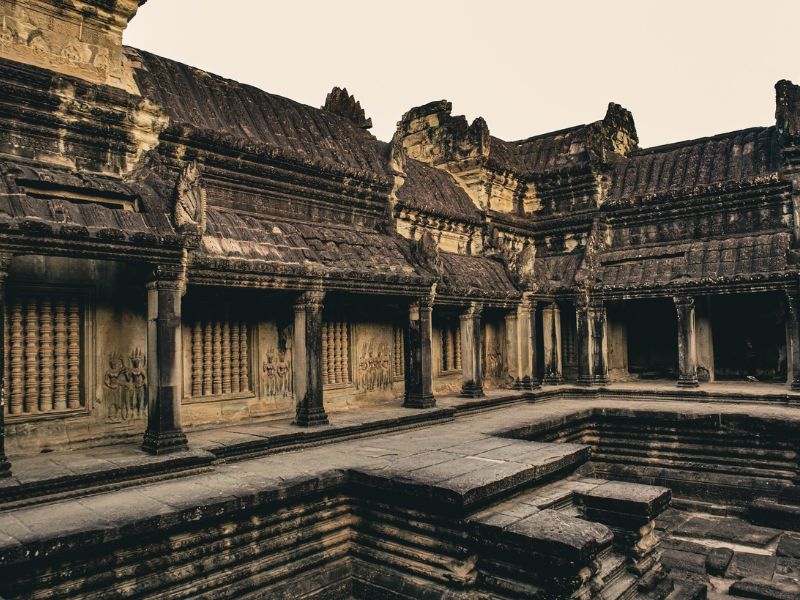
Angkor Wat is not just an architectural masterpiece but also an important religious and cultural center. Initially built to honor Vishnu, it was converted into a Buddhist temple in the 14th century. This transition reflects the religious and cultural changes of the Khmer people over the centuries.
Preservation and Restoration
Today, Angkor Wat is one of the world’s most important cultural heritage sites and was designated a UNESCO World Heritage site in 1992. Numerous conservation and restoration efforts have been undertaken to protect and maintain the integrity of this monument. These projects focus not only on repairing damaged sections but also on researching and better understanding the construction techniques of the Khmer.
Conclusion
Angkor Wat stands as a powerful testament to the development and creativity of the Khmer civilization. From its architecture and art to its construction technology, every aspect of Angkor Wat reflects the brilliance and grandeur of the Khmer people. With ongoing efforts to preserve it, Angkor Wat will continue to symbolize the magnificence and resilience of one of the greatest civilizations in human history.





